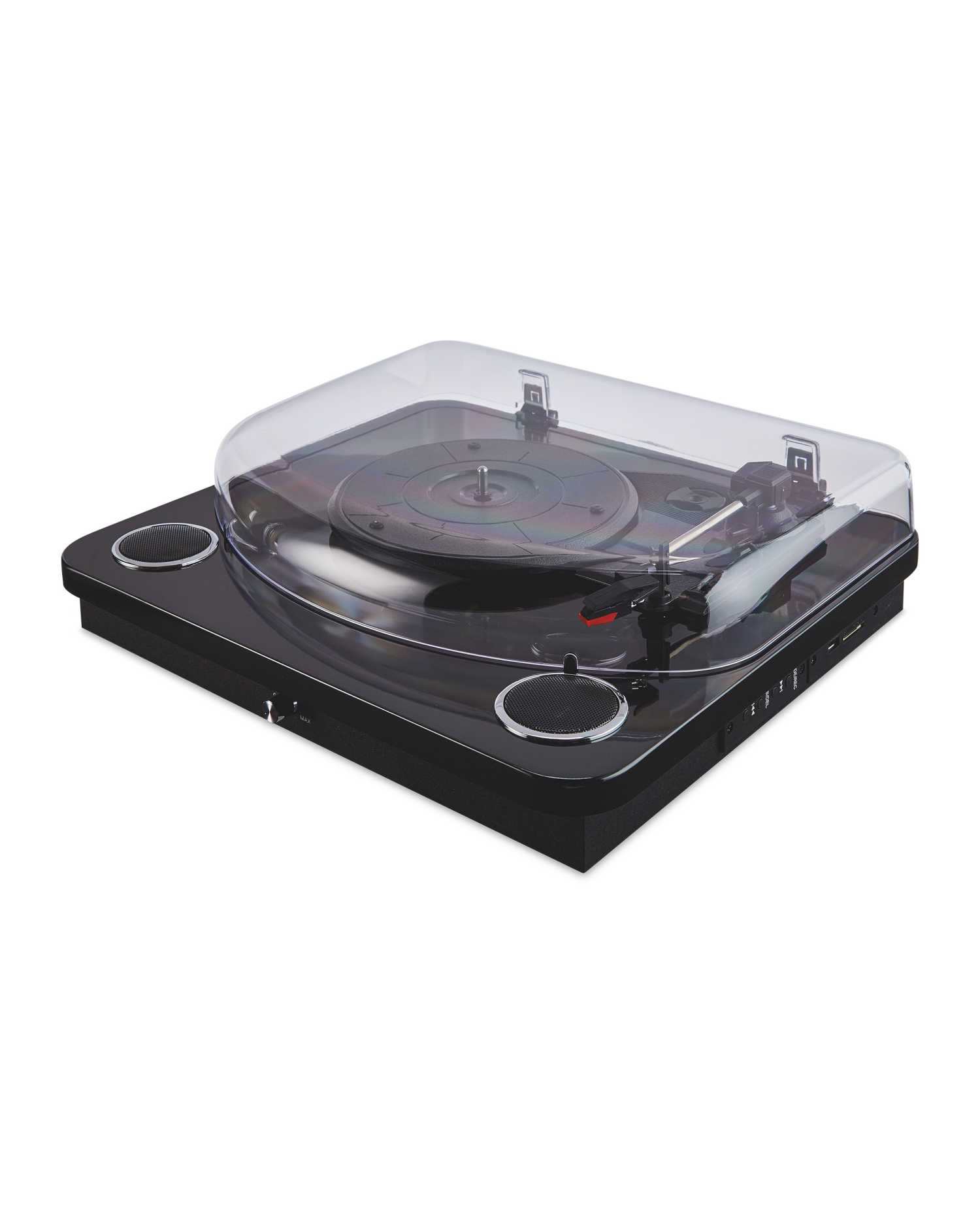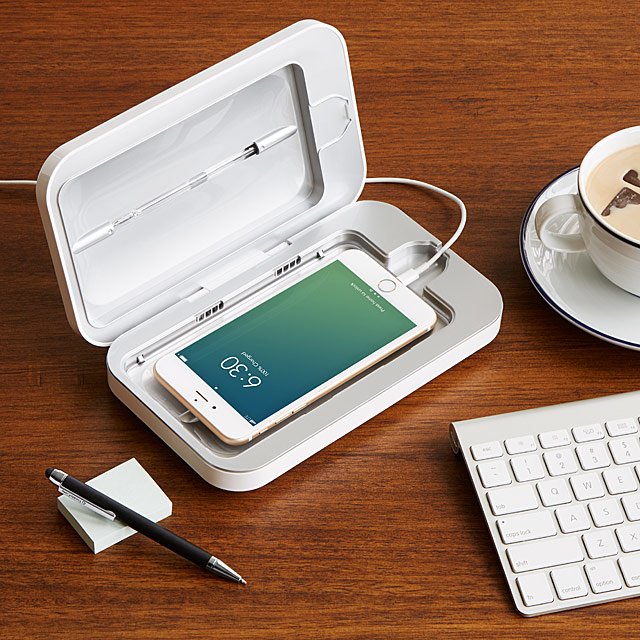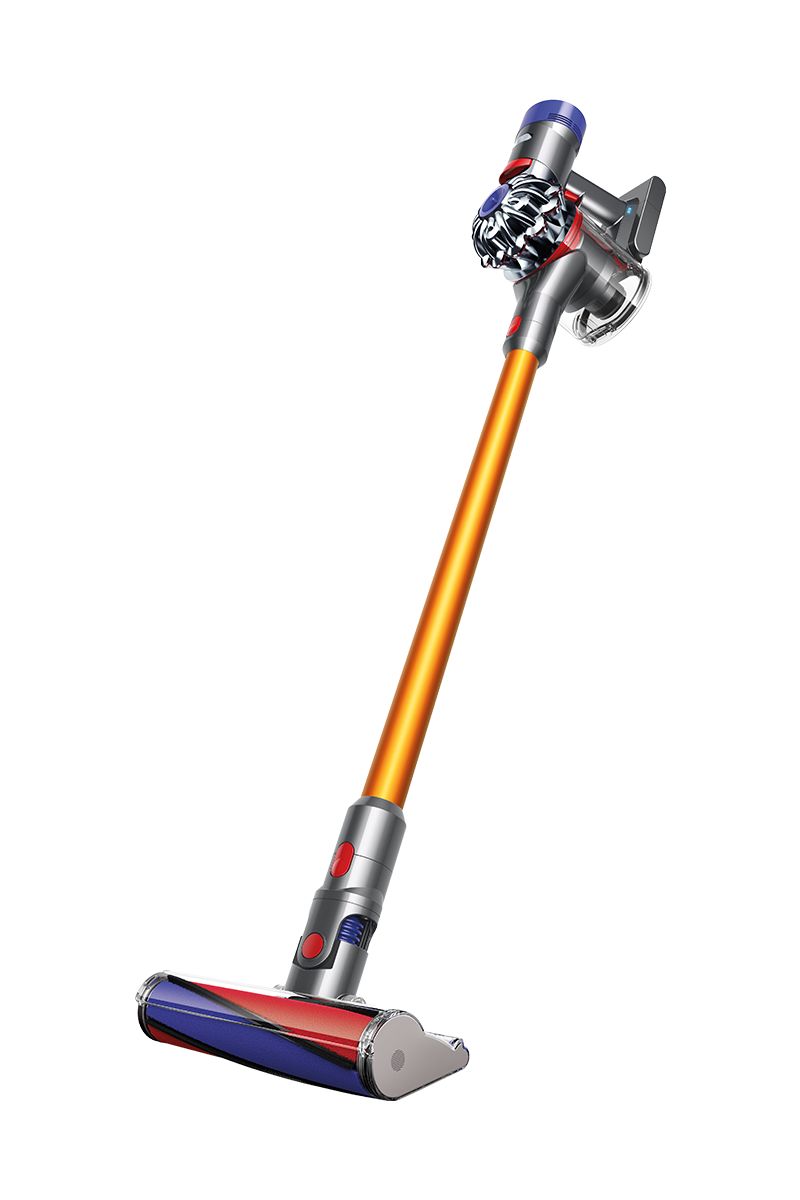Maginon USB Turntable With Speakers – 712634468622800
USB Turntable – converts records into MP3 files. Direct encoding to MP3 – no computer required. Built-in speaker with 2 x 1W RMS output power. 3 Rotational speeds: 33, 45 and 78 rpm.
Listen to your favourite records with this high-tech but authentic vinyl record player. It has the retro appearance but embeds modern technology, with this Maginon USB Turntable With Speakers, you can convert your records directly to an MP3 file via a USB stick. No computers needed, zero hassle! This USB record player also comes with built-in speakers so all you need to do is plug it in, add your vinyl record, lower the tonearm and relax listening to your favourite tunes.
Due to the current disruptions to global shipping, a number of Specialbuys may be delayed. We apologise for any inconvenience this may cause.
- USB Turntable – converts records into MP3 files
- Direct encoding to MP3 – no computer required
- Built-in speaker with 2 x 1W RMS output power
- 3 Rotational speeds: 33, 45 and 78 rpm
- Auto-stop function
- Connections: USB, SD card and Bluetooth
Additional information
| Dimensions | 47 x 46 x 17cm (approx.) |
|---|---|
| Weight | 4.3kg (approx.) |






by Deck
Does what it says on the box works well good units
by Tania
Great quality, very good sound. Very happy with the purchase.
by Dave
At last I can play my records again it may not be the most expensive record player but it does the job.
by Scromba
slick design only thing wrong not bass records sound tinny, and it only records as one long track.
by Roger
Works out of the box as advertised. Wonderful combination of old fashioned technique rapped in high tech support. I was not quite sure of its audio reproduction but find it very acceptable as is. For the audiophiles there is the possibility of adding your own external speakers. Perhaps the nicest feature is the possibility of transfering the viny recordings onto a USB memory directly
without any other device care of its high tech support. Great product Aldi.